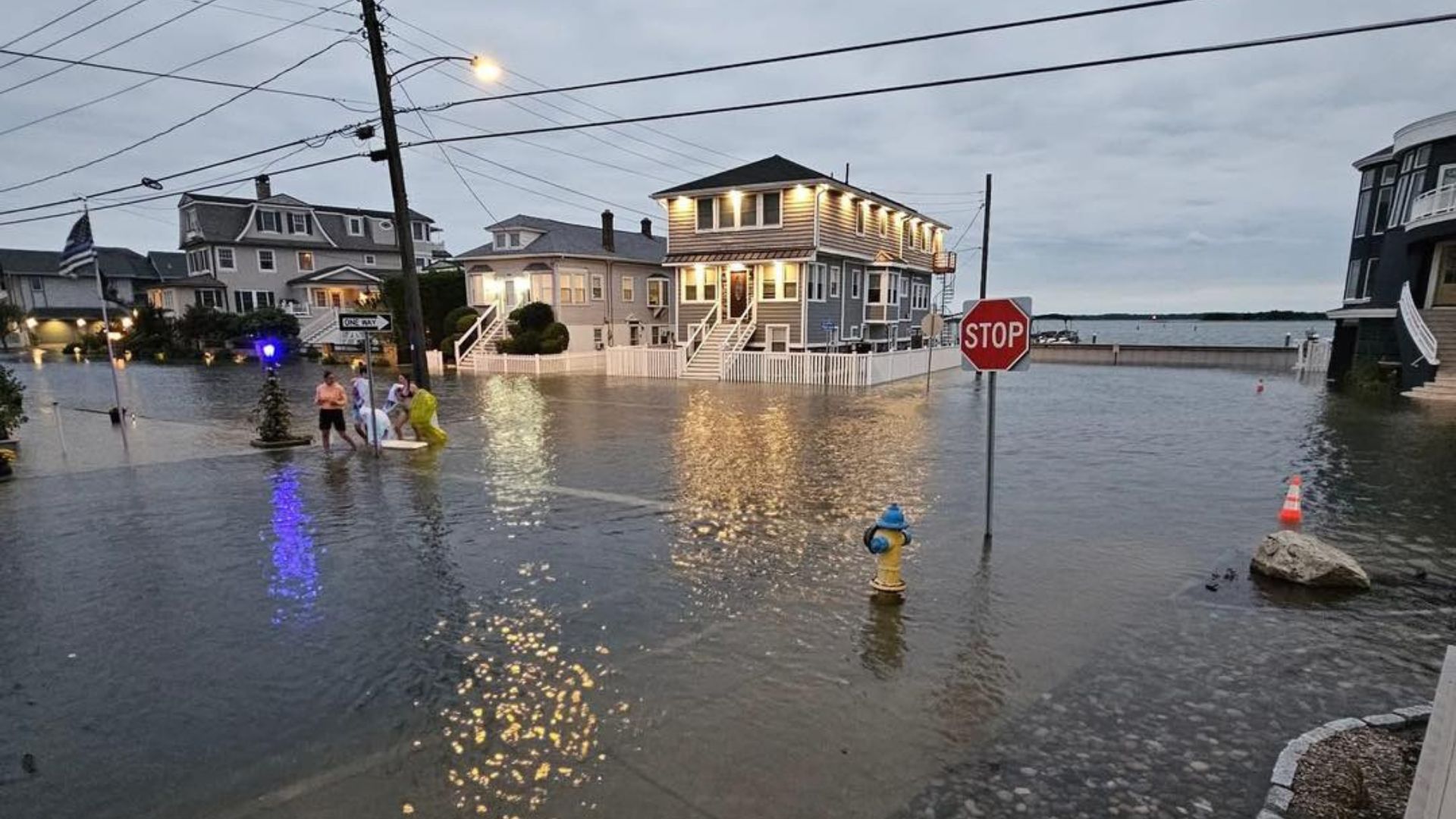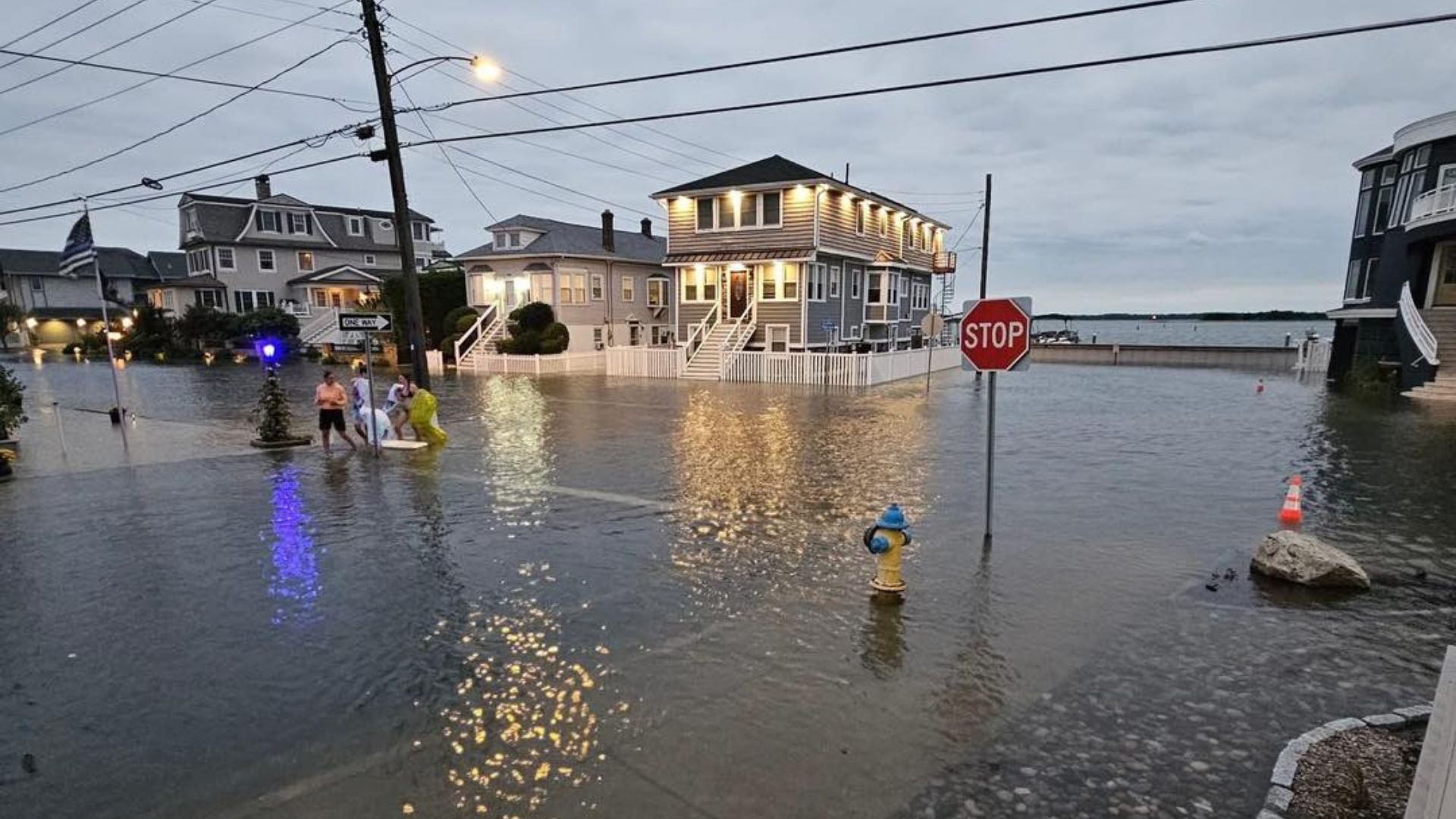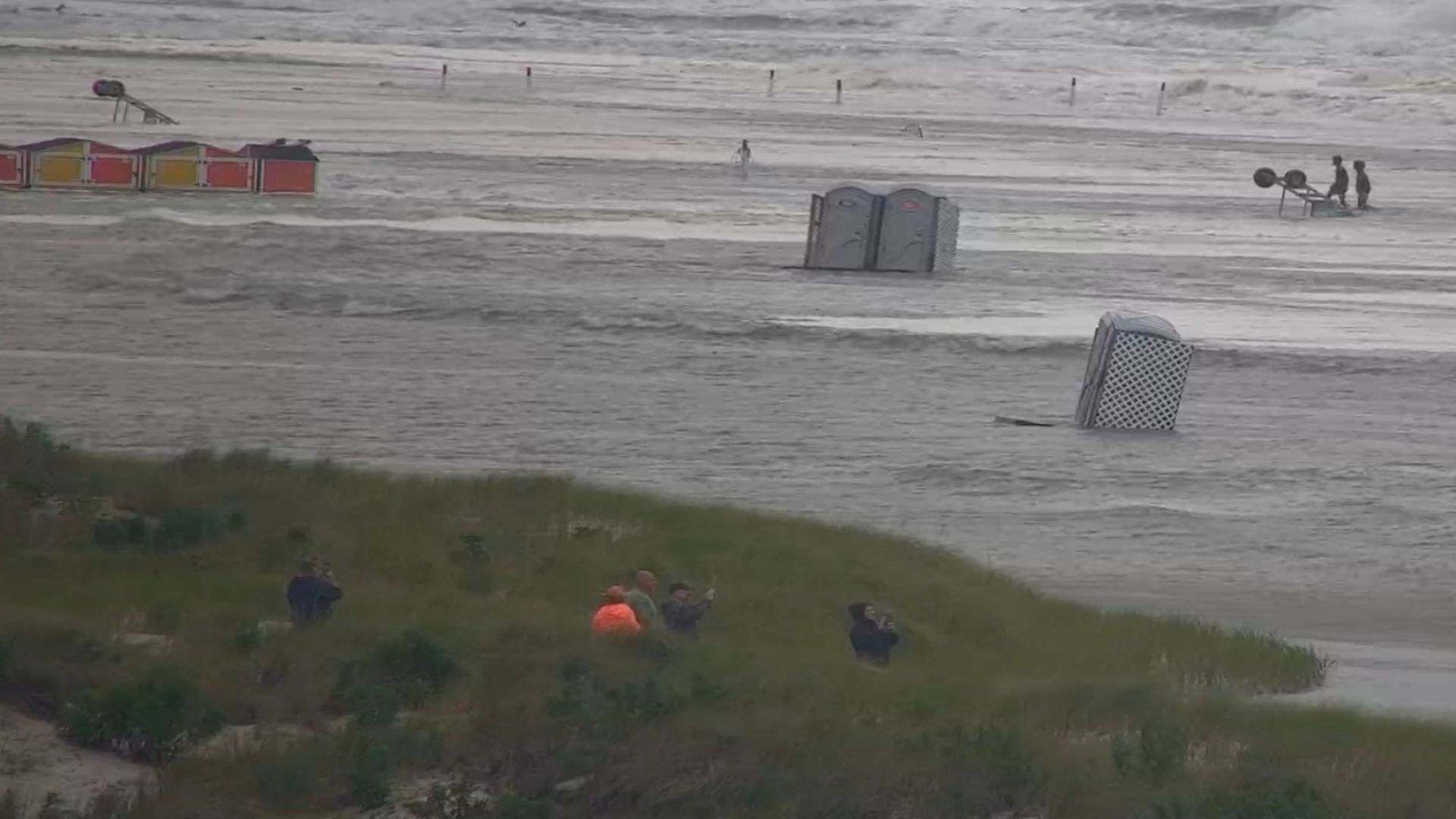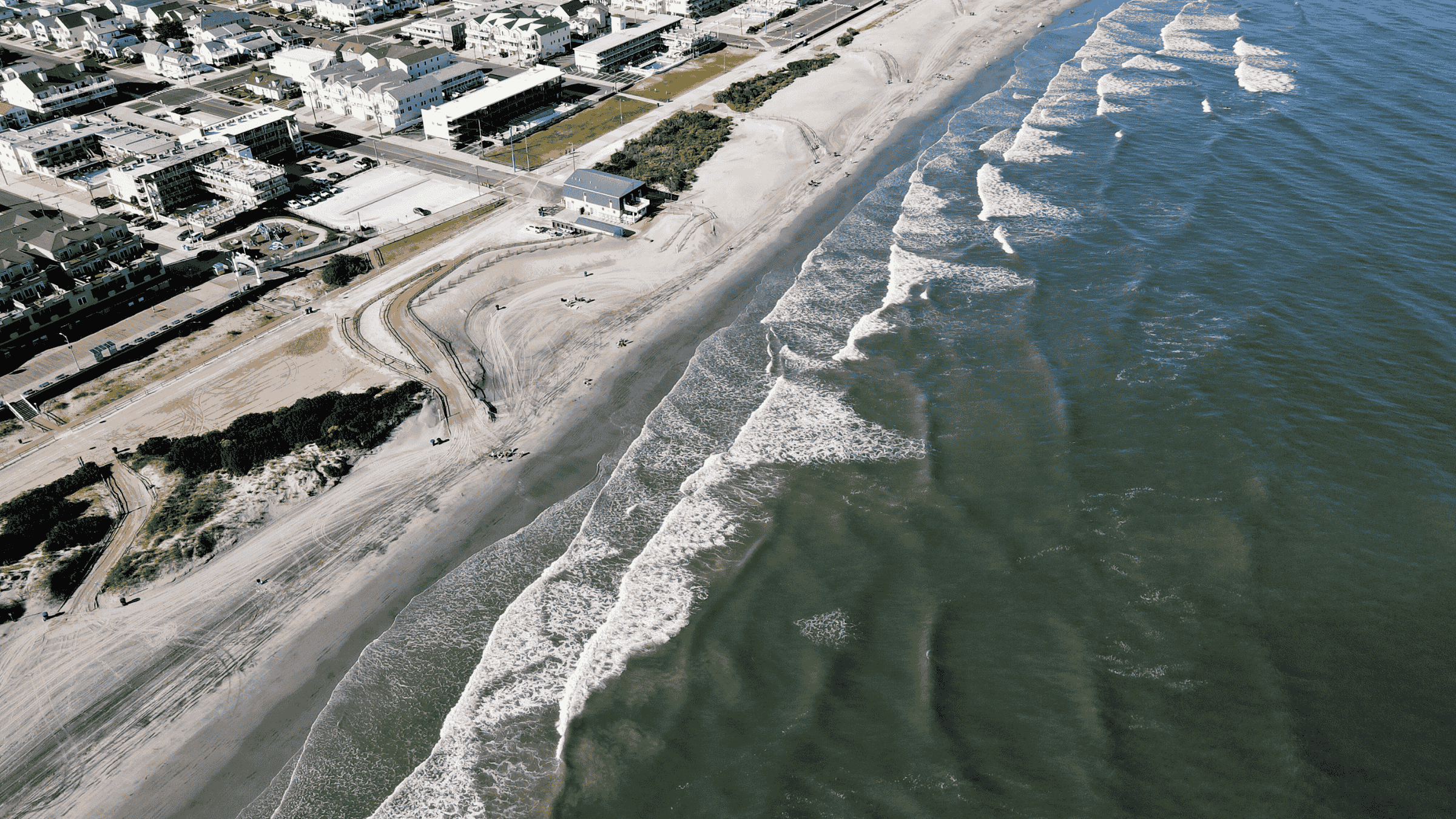Cape May County Launches Major Legal Battle Against NJ Climate Rules
The Cape May County Board of County Commissioners voted on November 12, 2025, to formally and forcefully oppose the New Jersey Department of Environmental Protection’s proposed rulemaking package known as “Protecting Against Climate Threat (PACT)” and “Resilient Environments and Landscapes (REAL).”
In a decisive move, the Board approved Resolution 600-25, declaring the sweeping regulations unlawful, economically destructive, scientifically unsupported, and imposed without proper legislative authority.
The vote also authorizes Cape May County to initiate litigation against the State of New Jersey.
The move is the culmination of several years of mounting concern across Cape May County and beyond.

Cape May County Launches Major Legal Battle Against NJ Climate Rules

The proposal spans more than 1,000 pages and would significantly expand flood hazard areas, create new restrictions, and mandate major elevation and construction requirements that exceed the standards set by FEMA.
The NJDEP issued a revised version of the proposal on July 21, 2025, under citation 57 N.J.R. 1547. Cape May County officials argue that the revisions did not meaningfully address the scientific, economic, or legal problems that have been raised since the rule’s initial introduction.
County leaders maintain that the rules remain unworkable and unjustified.
Also See: Wildwood Tram Cars Retire as They Begin Hybrid and Electric Era

He stated that residents and local leaders share a strong dedication to preserving the natural resources that make the county a premier place to live, work, and visit.
However, Desiderio noted that the proposed PACT regulations go far beyond sensible policy.
According to the Board, the new rules would cripple the local tourism economy, create enormous obstacles for essential infrastructure improvements, and impose unfunded mandates that municipalities cannot meet.
A central portion of the County’s objection is rooted in how these regulations were initiated. The PACT and REAL rules were advanced through Executive Order No. 100 rather than through statutory action by the State Legislature. The County argues that this gives NJDEP unprecedented unilateral authority to impose new regulations that the law does not authorize.
“Historically, rulemaking of this magnitude has only occurred when explicitly allowed by legislation,” the resolution states.

The County has also taken issue with the scientific projections used by NJDEP to justify the expanded rules.
The PACT and REAL package relies on a 5.1 foot sea level rise estimate by the year 2100.
Cape May County describes that projection as speculative. The resolution cites more recent global studies, including those from the Intergovernmental Panel on Climate Change, which predict a rise between zero and two feet by the end of the century.
County officials argue that NJDEP’s use of inflated projections results in unrealistic regulations that could devastate local communities and restrict economic growth for generations.

Cape May County’s stance is part of a growing statewide coalition calling for more practical, balanced, and legally grounded coastal policy.
The opposition includes Ocean and Monmouth Counties, the New Jersey Association of Counties, the New Jersey State League of Municipalities, and the New Jersey Business and Industry Association.
County leaders reiterated that they support climate adaptation that is rooted in sound science and realistic policy.
Their objection is not to environmental protection but to regulatory mandates that they say are unworkable, unsupported, and damaging to the communities they serve.

As a reminder, this is the second moment against the NJDEP this week alone.
North Wildwood officials are also escalating their long running dispute with the New Jersey Department of Environmental Protection, adding more pressure to the statewide pushback against the agency’s coastal policies. The city has filed a lawsuit that leaders say is necessary to protect residents and property from the rapidly increasing threat of coastal erosion.
You can learn more about that by clicking here
